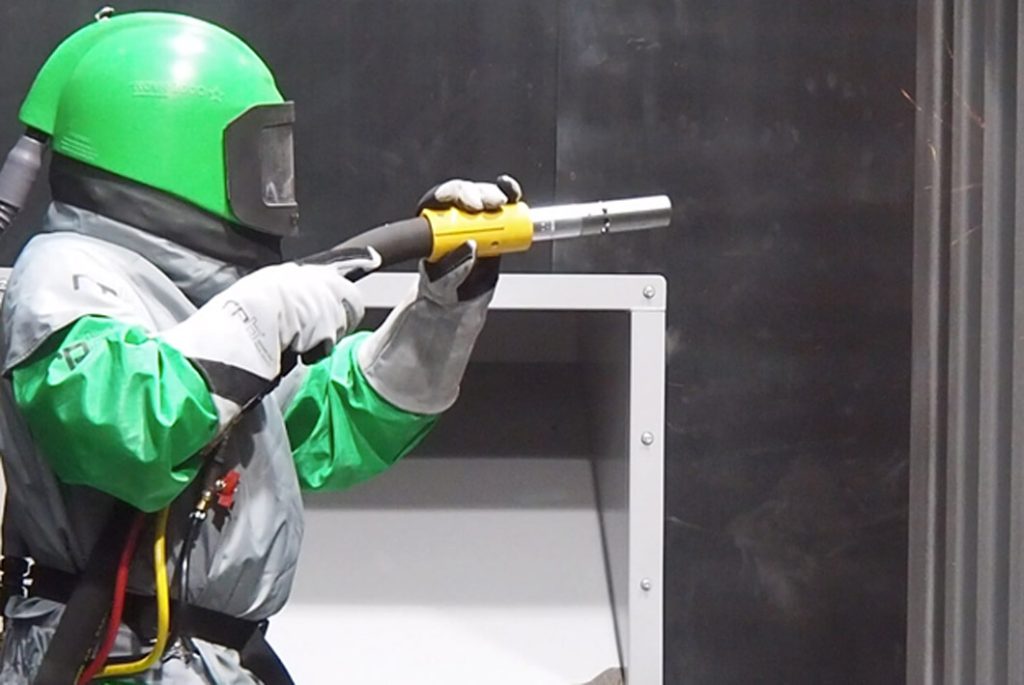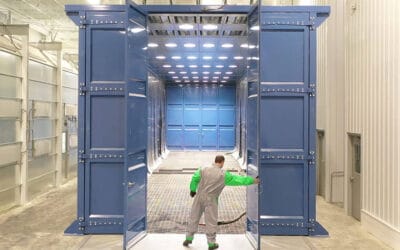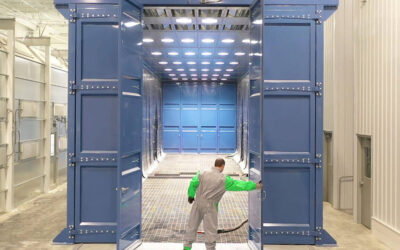How Does the Choice of Abrasive Material Impact the Outcome of Media Blasting?
Different abrasives have different characteristics that impact how they blast through corrosion, imperfections, or coating.
You might think that it’s a simple task to blast without any preparation. But it isn’t. There are many variables to account for to achieve your desired finish, these being – abrasive type, blast pattern, and operating pressure.
The answer to getting the best results is to know how the blasting media differs and when each one is right for the work you’re doing. Abrasives are a significant component that is typically overlooked when it comes to material preparation and finishing applications.
An informed decision can deliver a generous surge in profits while also delivering an exceptional finished product.
Recycled Glass
A middle-entry abrasive with fast cleaning action, recycled glass is affordable, clean, environmentally friendly, and suitable for a vast array of blasting jobs. Being a semi-angular abrasive, the glassy edges edges cut into a surface swiftly, but removes less material than angular abrasives as its edges are smooth.
It’s an excellent alternative to steel and other sandblasting materials. Glass can be recycled repeatedly, creating less dust and fumes. This abrasive is great for paint removal, metal cleaning, and surface prep on plastic media blasting.
Due to its easy availability and low cost, recycled glass is quite popular when used in tasks that only allow one pass of the media such as wet abrasive blasting.
Walnut Shells
A “soft” media, with a slower cleaning action, ideal for removing coatings without damaging primer layers underneath. Crushed walnut shells provide a gentler, softer, abrasive specifically used for dry air blasting tasks. It’s also the ideal solution for:
- Pressure blasting
- Coating removal
- Paint stripping
- Rust removal
- Deburring of fragile parts without scratching
- Deflashing
Walnut shells are silica-free and a good replacement for sand to prevent health issues due to inhalation.
Baking Soda
Another soft abrasive is baking soda. This abrasive material has knife-like qualities that eliminate everything from thick soot to light paint easily. Baking soda won’t harm substrates because of its friability and gentleness.
Aluminum Oxide
Aluminum oxide is one of the most used abrasives. It’s a favorite go-to abrasive thanks to its durability and resilience against several materials like glass, metal, and wood. Affordable and recyclable, aluminum oxide is very sharp and consistent when it comes to media blasting.
Dry Ice
Dry ice is one of the most misjudged abrasives. Dry ice is solid carbon dioxide. It is non-harmful and minerally soft on many metals, such as stainless steel.
Conclusion
Media blasting projects across industries have distinct needs and selecting the right abrasive is essential in achieving the desired finish you’re looking for. When deciding on the best abrasive material, consider the practical use and application, the material you’re processing, and the characteristics of the abrasives. You should also consider the equipment set-up, operations, and material.
At Airblast AFC, we offer media blast rooms and blast products for numerous industries. Contact us and let’s talk about how we can help you with your next blasting project.




